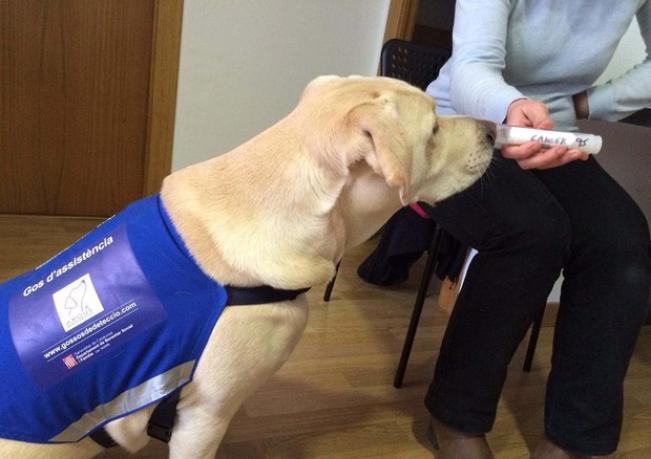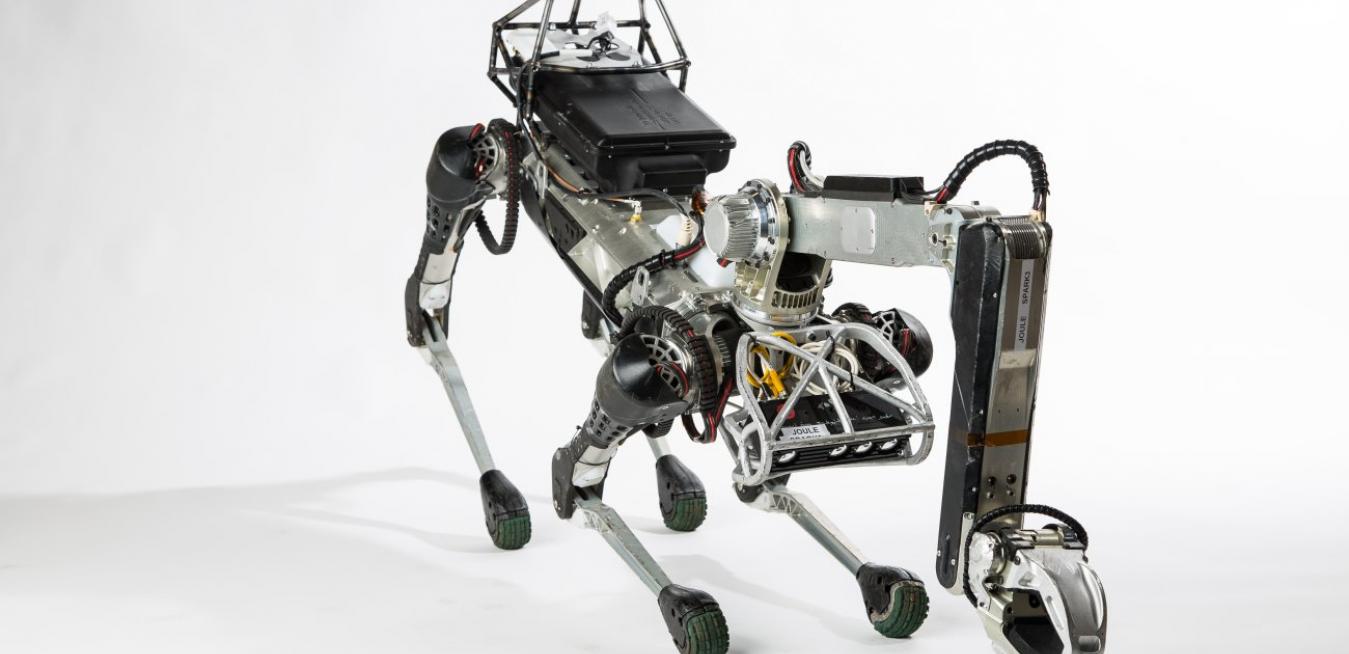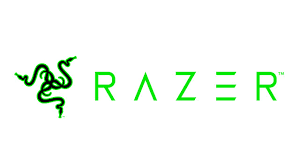Quest to Make The Robot Smell Cancer Like A Dog
Cancer is a chronic liver disease that can affect anyone. That’s why early detection is very important. Researchers around the world are working 24/7 to find ways to detect cancer before it gets the chance to spread and become severe.
One area research has focused a lot on is cancer’s smell, which is hard for the human nose to detect. Over the years, scientists have looked upon canines since they have a superior sense of smell. Their physiology and genetics make them perfect for sniffing. In fact, researchers have trained dogs to smell out dozen human diseases, including cancer and most recently COVID-19.

However, trained cancer sniffing dogs are in short supply. As a result, they are unlikely to become widely available for routine diagnosis. Because of this, man is turning to technology to sniff out cancer.
Is it Possible to Smell Cancer?
Research carried out in 2010 showed that cancer has a specific smell. The cause of the smell is not yet clear, but it might have something to do with polyamines. These are molecules associated with the growth, proliferation, and differentiation of cells. Cancer cells increase the levels of polyamine in the body, and they have a unique odour.
Like many diseases, cancer also leaves distinct odour signatures or specific traces in the patient’s body and bodily secretions. Although the human nose cannot capture these odour signatures, dogs can easily detect them in an individual’s:
- Skin
- Urine
- Feces
- Breath
- Sweat
With training, pups can smell cancer and alert people of their presence. These dogs are referred to as medical detection dogs.
Why Dogs Can Detect Cancer?
Canines have numerous genes that code for olfactory ability. Also, they have more olfactory nerve cells than humans. For centuries, humans have leveraged their exquisite sense of smell to search, hunt, and even detect explosives. The most recent is detecting diseases.
Dogs come with approximately 220 million sense receptors, while humans have about 5 million. As a result, canines can smell things that seem unknowable to us. Furthermore, their receptors are 10,000 accurate than ours, meaning their nose can detect substances at one part per trillion.
How Dogs Help in Cancer Diagnosis
Pups are famously known for detecting cancer. For years, they have been trained to detect odour signatures of different cancer, including skin, breast, and bladder cancer.
In 2006, a study revealed that dogs could smell breast cancer in breath with 88% accuracy and lung cancer with 99% accuracy. They can do this across four stages of cancer. Recent research even revealed that canines with a superior sense of smell could pick out blood samples from individuals with cancer with almost 97% accuracy.
These results have led to new cancer screening approaches that are affordable and reliable without being invasive. Early detection of cancer increases the chances of survival of the patient. In a way, dogs have saved thousands of lives.

Dogs Teaching Machines to Smell Cancer
Using the dog’s superior odour sensing ability, scientists are developing machines that can detect cancer odour signatures, like electronic noses. Although the technology still has a long way to go, it’s the hope of scientists that one day machines can detect cancer with canine-level accuracy.
The detection of cancer signals by machines is not a new concept, but those that have been developed so far still can’t match the accuracy of dogs.
According to a study published by PLOS ONE, scientists are creating a proof-of-concept methodology for combining canine olfaction with machine odour analysis of prostate cancer.
One in nine men gets affected with prostate cancer in their life. It’s the second most prevalent cancer in males. Prostate-specific antigen is the most used test to detect prostate cancer. However, it usually fails to detect cancer or leads to an incorrect diagnosis.
In the quest to establish an effective diagnosis, scientists looked into olfactory biomarkers of cancer by analysing the urine of patients with prostate cancer. This is where the dog’s superior sense of smell comes in. Dogs were able to detect the olfactory biomarkers in the urine with 98-99% accuracy. Inspired by the dog’s ability, scientists at Mershin are working on an AI that can emulate canine decisions.
From Dogs to Machine
The first step towards creating a machine with dog detecting accuracy is training an artificial neural network (ANN) – a type of AI- to evaluate volatile chemicals detected from urine by Chromatography-mass spectrometry (GC-MS).
GC-MS is a test that detects volatile compounds that make up urine specimen aroma. These compounds increase or reduce in people with cancer. However, these biomarkers are not consistent, making it hard to diagnose prostate cancer.
But with the help of ANN, researchers can detect cancer samples with great accuracy. Mershin plans to apply its dog-trained machine algorithm to the popular electronic nose with synthetic analogs of canine olfactory receptors.

Final Thoughts
It will be revolutionary if robots can replace dogs in cancer diagnosis. However, we still have a long way before they can achieve dog-level accuracy. But it’s our hope that soon, even our smartphones can detect cancer before it becomes life-threatening.
References
- https://news.mit.edu/2021/disease-detection-device-dogs-0217
- https://www.the-scientist.com/news-opinion/dogs-are-teaching-machines-to-sniff-out-cancer-68469
- https://leaps.org/this-dogs-nose-is-so-good-at-smelling-cancer-that-scientists-are-trying-to-build-one-just-like-it/
- https://www.healthline.com/health/cancer/can-you-smell-cancer#research
- https://www.understandinganimalresearch.org.uk/news/research-medical-benefits/the-science-of-sniffs-disease-smelling-dogs/
Written by The Original PC Doctor on 24/10/2021.





















































































